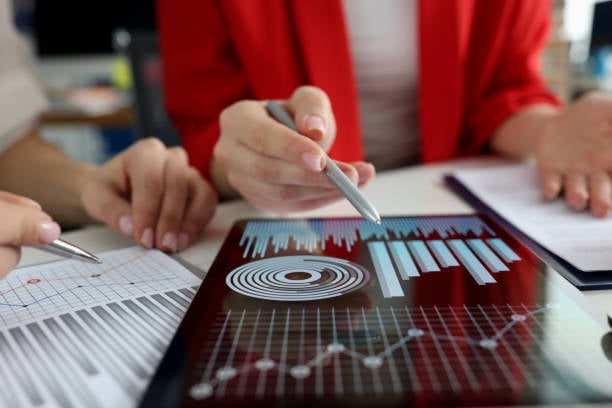In the present digital era, the emergence of deepfakes has created a new and frightening security issue. With the help of artificial intelligence (AI), deepfakes can alter video, audio and pictures to convincingly imitate real people establish fake identities, fraudulent transactions, and reputational damage.While organizations are rushing to adopt deepfake detection solutions, one important tool is emerging as indispensable in the war: liveness detection.
In this blog, we discuss why liveness detection is a necessity in the fight against deepfake attacks, how it functions, and why businesses and platforms must incorporate it into their security strategy.
What Are Deepfakes?
Deepfakes are synthetic media generated with AI techniques including deep learning and generative adversarial networks (GANs). These tools can produce fake videos or audio clips or photos of people saying or doing things they never did.
There are some harmless deepfakes (used for entertainment or satire), but others are malicious helping cybercriminals impersonate executives, circumvent biometrics or spread misinformation.
What Is Liveness Detection?
Liveness detection is a security process to check the authenticity of a biometric sample — face,
fingerprint or voice — from a live, present person and not from a fake representation like a photo, video, or mask.In facial recognition, liveness detection prevents the system from
interacting with an imposter in front of the camera, not a deepfake, printed image, or recorded video.
There are two main types:
Liveness detection that is active (needs the user to do something like blink, smile, or move their head) Passive liveness detection (it detects subtle signs such as skin texture, eye reflection or micro-movements, without any user input)
The Lack of Deepfake Detection Alone Isn’t Enough
Although deepfake detection tools are capable of analyzing media files in order to detect manipulations, they fail to do so during real-time interactions, and when the attacker uses deepfake videos during live sessions (for example, during a video call or account verification).
This is the point where liveness detection comes to play:
Real-time verification: Liveness detection is real time and guarantees that the person in the camera is actually present.Anti-spoofing protection: It prevents the attempts on masks, photos, or pre-recorded videos the methods that deepfake tools could bypass.Layered defense: The combination of liveness detection and deepfake detection forms an multi-layered shield of
security, that minimizes impersonation risk.
Main Advantages of Liveness Detection in Fight Against
Deepfakes
Stronger biometric security
Liveness detection prevents fraudsters from spoofing or synthesizing face, fingerprint, or voice media to circumvent the face, fingerprint or voice recognition systems.
Reduced identity theft
It becomes much more difficult for criminals to use stolen images or videos to open fake accounts or to access sensitive information.
Enhanced trust in digital platforms
Banks, fintech apps, social media, and government portals can verify the identity of users – thus securing not only the business but also its customers.
Compliance with regulations
Identity verification processes are now necessary for many industries. Liveness detection assists in achieving standards of KYC, AML and data protection.
Industries That Need Liveness Detection
Banking & Fintech: to avoid fraudulent transacting and takeover of accounts.
Health care: to protect the patient’s records and telemedicine appointments.
Social Media: in order to fight fake accounts and bot-driven deepfakes.
eCommerce: for secure online payments and identity check<
Government: digitized identity and voting systems programmes
Conclusion
With deepfakes becoming more advanced and accessible the threat that they pose to
individuals, companies and governments will increase. Liveness detection has now become a vital line of defense and deepfake detection alone no longer suffices.Through the combined use of both technologies, organizations will be able to construct a more robust, more intelligent security environment that excludes fraudsters and the integrity of digital interactions.
https://app.copyleaks.com/report/gwommg75w9ato3gj/preview?key=ngxxbftczxdz40yk&viewMo
de=one-to-many&contentMode=html&sourcePage=1&suspectPage=1










